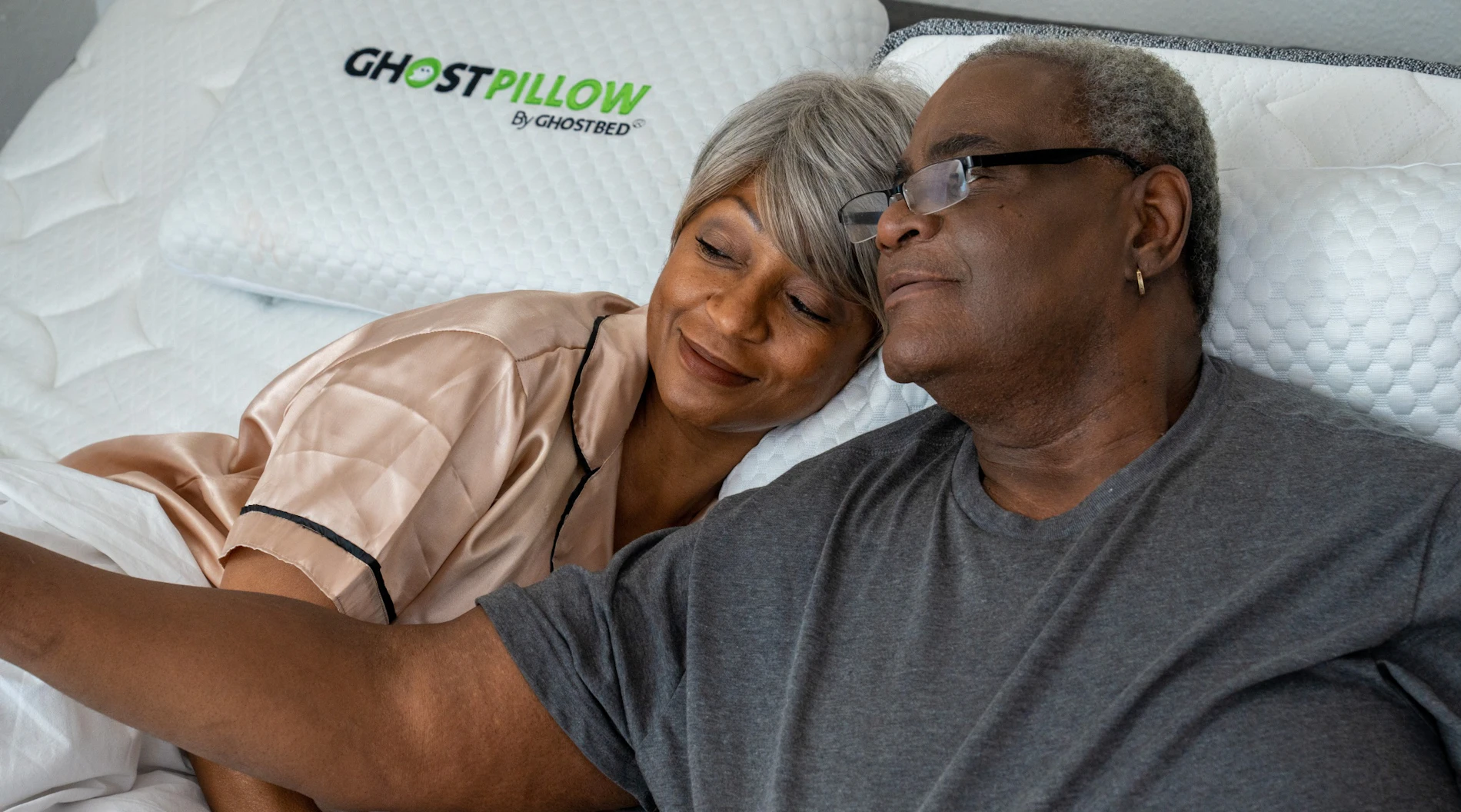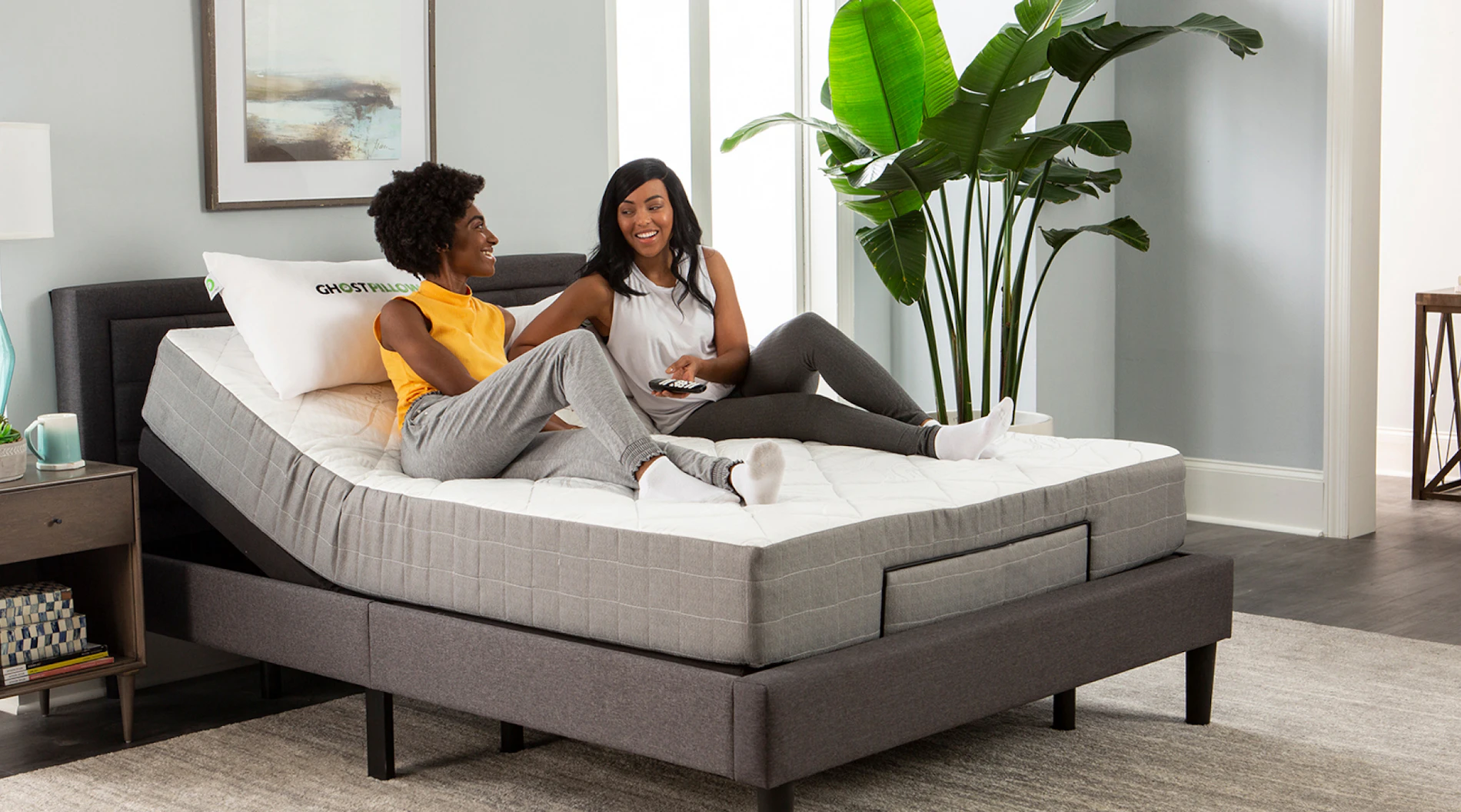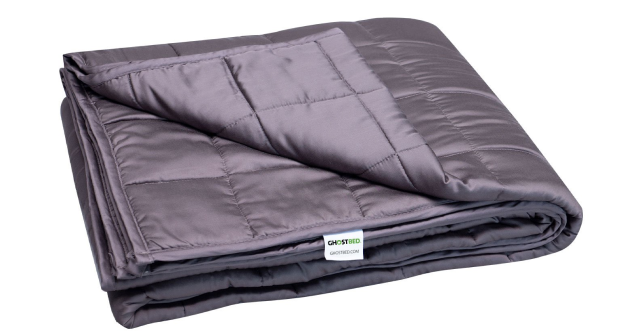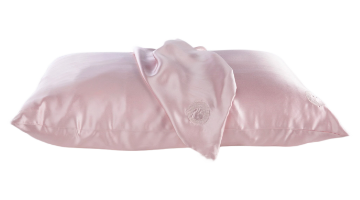Have you ever seen those commercials where someone is working or taking college classes in bed? If you roll your eyes at them, it's probably because you haven't figured out the art of sitting up in bed. Without the right support, it can be brutal!
But once you learn how to sit up comfortably, it instantly becomes a brand‐new location for you to read, work and study. If you're ready to learn how, stick with us—this blog is especially for you.

Our Top Tips for Sitting Up in Bed
You have two main options for supporting yourself while sitting in bed: use a variety of pillows or use an adjustable bed base. Let's examine how each can make your bed a comfy and supportive space for watching tv, reading, knitting and more.
Find the Best Pillows
The best pillow for sitting up in bed is a sit‐up pillow. A sit‐up pillow, also known as a lumbar pillow, is a cushion that supports the back. Sit‐up pillows are usually placed behind the lower back to prevent slouching. They're also great for propping up the head and neck when lying down.
Sit‐up pillows typically have memory foam, which conforms to the body's shape and provides additional support. Some sit‐up pillows also have a built‐in vibrating function that can massage the lower back. Whether you're suffering from lower back pain or just want to improve your posture while hanging out in bed, a sit‐up pillow could be for you!
Prefer to use GhostBed pillows instead? We recommend the GhostPillow ‐ Gel Memory Foam. Its memory foam construction and ergonomic design keep your spine aligned and your head supported without overextending your neck.
Place Your Pillows Strategically
Pillow placement is also essential when sitting in bed. There's no one perfect way to arrange them, but some of the best strategies are...
- Place a pillow behind both legs to soothe pressure points.
- Use two high‐quality pillows behind your head that aren't too flimsy or flat.
- Invest in a sit‐up pillow.
Look for a Firmer Bed With Edge Support
Firmer mattresses are the best for sitting up in bed because they provide more support and don't allow your body to sink into them. If a firm mattress isn't your preference, opt for a hybrid model with reinforced edges, like the GhostBed Flex with our signature Spirited Edge™ support.
Use an Adjustable Bed Base

An adjustable bed base is a motorized frame that sits underneath your mattress, allowing you to adjust the angle of the bed. Whether you're looking to watch TV, read or get a better night's sleep, an adjustable bed base can help.
Most adjustable bed bases have multiple positions you can adjust to, as well as features like massage and head and foot elevation. This gives you a lot of options for finding a comfortable position. If you suffer from back pain, an adjustable can also help relieve pressure on your spine.
If you have trouble sleeping, being able to prop up your head and feet can make a big difference. And if you're wondering if adjustable beds are worth it if you like to sit up in bed, the answer is yes. They're the most luxurious, convenient and effective way to ensure proper spinal alignment.
See what our happy customers have to say about using their GhostBed Adjustable Base for sitting up in bed.
Sitting Up in Bed FAQs
Below, we've answered some of the most frequently asked questions regarding sitting up in bed.
What Causes Back Pain When Sitting Up in Bed?
A common cause of back pain when sitting up in bed is poor posture and insufficient support. Over time, this can cause weakened back muscles and a damaged spine, leading to further problems. Other causes of a sore back could be an old mattress that needs replacing, improper sleeping position and chronic pain conditions such as fibromyalgia.
No matter what's causing your pain, you can easily remedy this situation by trying a few of our top tips above.
Is Sitting Up in Bed Bad for You?
The answer to this question will ultimately depend on what you're trying to achieve. For example, if you're trying to reduce acid reflux, then lying down may not be the best option. This is because gravity can cause stomach acids to rise into the throat.
On the other hand, if you're trying to combat insomnia, sitting up might not be the best option either. When you're sitting up, your body is more alert and may have difficulty relaxing enough to fall asleep. Ultimately, your best position will depend on your individual needs and preferences.




